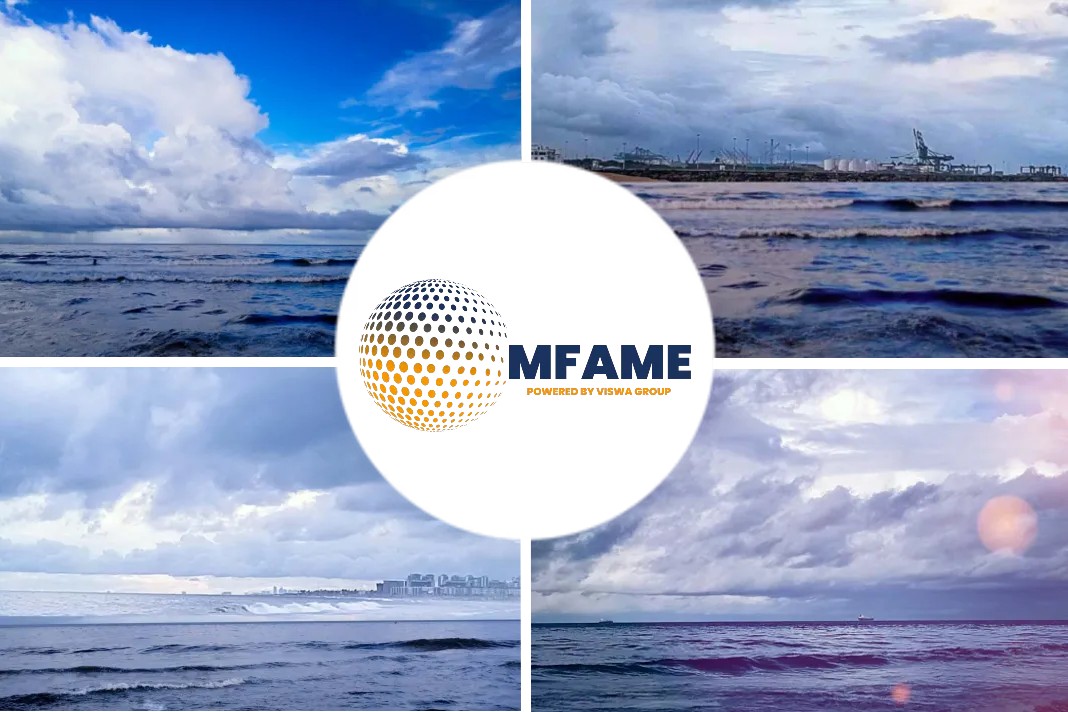- Companies have gone for a combination of solutions of installing scrubbers, scraping fleet and using high-quality sulphur fuels to prepare for 2020 regulation.
- Companies like DHT and Scorpio have started installing scrubbers despite the high cost.
- The Trans-Pacific Stabilization Association disbanding has made the standardized fuel pricing along with the Bunker Adjustment Factor redundant.
- The new BAF will be adjusting according to freight rates, trade-wise loading factor, trade imbalance, and the actual fuel price.
- As the price tag of scrubbers is equal to a new, scrapping has gained momentum with 52 ships being scrapped in 2018.
- An increased cost from 2019 is the tangible bottom line for shipping companies now.
With the IMO 2020 0.5 percent sulphur regulation deadline looming in the horizon, the shipping industry is feeling the heat. Such is the impact even ports are gettings affected and it’s showing on export-import goods activity from 2019 itself, writes Jefferson Clay, the director of global sales for Cargo Services in his Inside Indiana Business article.
A Burdening Option
The requirement that container ship fuels contain no more than 0.5 percent sulfur is a game changer for steamship lines. To meet this requirement, options are:
- upgrade to expensive scrubbers
- purchase cleaner high-quality fuels
- scrap the fleet to rebuild compliant ships
Either way, the cost will be passed on to you— the customer. Hapag Lloyd estimates cost to the industry, to make the shift, is up to $60 billion.
The Scrubbers Option
Scrubbers clean exhaust produced by higher sulfur fuels. There are three types of scrubber systems available: open loop, closed loop, and hybrid. The system is installed into the smokestack of the cargo ship. Some steamship lines are moving to retrofit their lines with compliant scrubbers.
The Maritime and Port Authority of Singapore announced recently it will not allow ships with open-loop scrubbers to discharge scrubber wash water in port after Jan. 1, 2020. The discharge ban will have a lesser effect on ships fitted with hybrid scrubber systems, which can switch from open-loop to closed-loop mode and retain their wash residues on board. Steamship lines are already announcing the change to become compliant with retrofitted scrubbers but at a steep price.
What does installing scrubbers mean?
Installing scrubbers can mean taking ships off the seas, which in turn reduces capacity thus increasing the cost of ocean transportation. In addition to lower capacity, the cost of scrubbers is estimated to run between $5 to $10 million each.
Despite the high cost, scrubbers seem to be the most viable bet at this point as it allows the use of lower sulfur fuels
Two major tanker companies, DHT and Scorpio, made announcements this month that they’ll be installing scrubbers. Scorpio Tankers said it will purchase exhaust gas cleanings systems for 42 of its vessels in 2019, and for 10 of its vessels in 2020. The cost is estimated at nearly $80 million.
The Fuel Surcharges
The other option to meet compliance is for steamship lines to use a low-sulfur fuel that requires additional processing at plants. The plants must implement expensive plant refitting in many operations to manufacture the fuel. The end result is that the fuel will cost more. Announcements in recent months about fuel surcharges that pass along the added cost have come from major steamship lines: ONE, OOCL, Maersk, Hapag-Loyd, Kline, and more.
Since the disbanding of the TSA (Trans-Pacific Stabilization Association), standardized costs for fuel previously called Bunker Adjustment Factor (BAF) are no longer in place. This means each line or alliance can use a different formula (and phrase) to calculate the additional costs. Here are a few examples:
HL has developed a Maritime Fuel Recovery Mechanism or MFR:
MFR (per TEU) = Fuel Price (per TO) x Fuel Consumption (TO)/Carried TEU
Maersk has reintroduced the bunker adjustment factor or BAF.
The new BAF will be charged separately from Maersk Line’s freight rate and consist of two key elements: the fuel price calculated as the average fuel price in key bunkering ports around the world and a trade factor that reflects the average fuel consumption on a given trade lane, as a result of variables, such as transit time, fuel efficiency, and trade imbalances between head haul and backhaul legs.
ONE will implement the ONE Bunker Surcharge or OBS.
It’s calculated using fuel price, trade-wise loading factor, and trade imbalance.
Scrap the fleet
Just 52 ships (94,000 TEUs) were sold for scrap this year with 23 of those decisions made in the fourth quarter of 2018. The uptick in scrapping ships is said to be due to the new sulfur emissions regulations. This is all according to a Loadstar report that says the price tag on scrubbers is nearly equal to the cost of new, smaller 4,000 TEU vessels creating a strong incentive toward scrap, which means new steamships will be joining fleets.
The Bottom Line
Plan for the expenses to be passed along starting in 2019. Whether a line is retrofitting a ship with a scrubber, increasing fuel charges or purchasing new ships, the cost will be added to your invoice. It is a tangible expense global companies will be paying in order to protect the planet.
It’s Free! Click here to Subscribe!
Source: Inside Indiana Business























Open loop scrubbers have been in use for a very long time on tankers for making Inert gas. These infact are in use more in port than at sea.
Does banning open loop scrubbers for diesel engines in ports make sense or is it just to please the environmentalist and scrubber manufacutring lobby?